Grape varietal is key
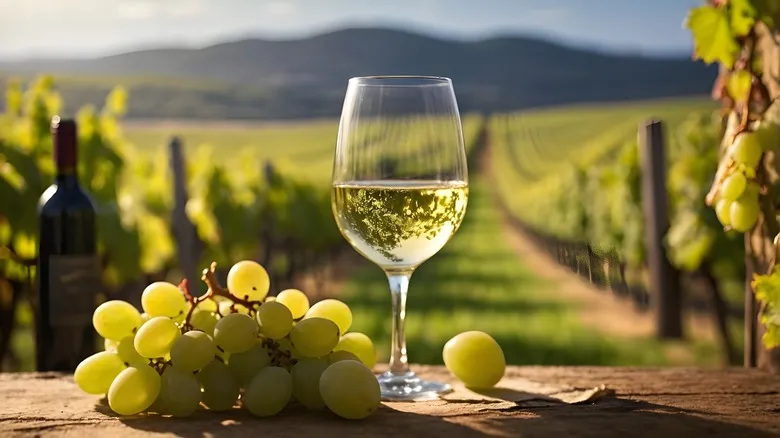
Lennon Wiser emphasizes that the grape varietal is "the most crucial element when selecting a wine." It serves as the foundation for the wine's flavor profile and overall character, with all other factors playing a secondary role in how that grape variety reveals itself. Wiser suggests that "consumers should definitely familiarize themselves with the major grape varieties before making a purchase," as doing otherwise is akin to taking a random guess. For those who are not well-versed in the distinctions between grapes, Wiser "strongly recommends visiting a reputable wine shop and seeking assistance."
Grasping the nuances of grape varieties not only improves your wine selection skills but also opens the door to discovering new favorites. For example, if you appreciate the robust flavors of cabernet sauvignon, you may also find enjoyment in other varietals celebrated for their rich, full-bodied profiles, such as syrah or malbec. By understanding the key characteristics of the grapes you prefer, you can more easily pinpoint and savor wines that provide similar experiences, expanding your palate and enriching your wine exploration journey. Thankfully, the varietal is typically clearly indicated on every label, making it easy to identify the primary grape used in the wine.
Don't overlook grape varietal proportions
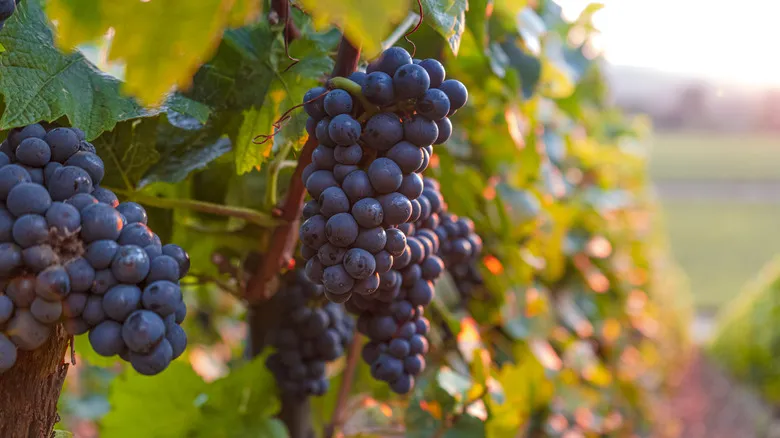
Most varietal wines are actually blends, a fact that many people, according to Lennon Wise, are unaware of. In essence, even bottles that don’t explicitly state they are blends usually contain some amount of other grape varietals. U.S. law stipulates that if a bottle has 75% or more of a specific grape varietal, the other varietals do not need to be disclosed. However, an increasing number of brands are now including the proportions of varietals on their labels, which is something to consider, especially for true wine enthusiasts. "This information provides greater insight into the wine and its potential characteristics," Wiser notes.
That said, this detail is less significant for most wine drinkers. The subtle flavor differences resulting from these proportions are often undetectable to the average consumer. "Finding a wine you enjoy is more important than stressing over whether it’s a single varietal or a blend," Wiser advises. Ultimately, personal preference is the best criterion for choosing a wine, regardless of the specific varietal proportions.
Appellation is important to consider
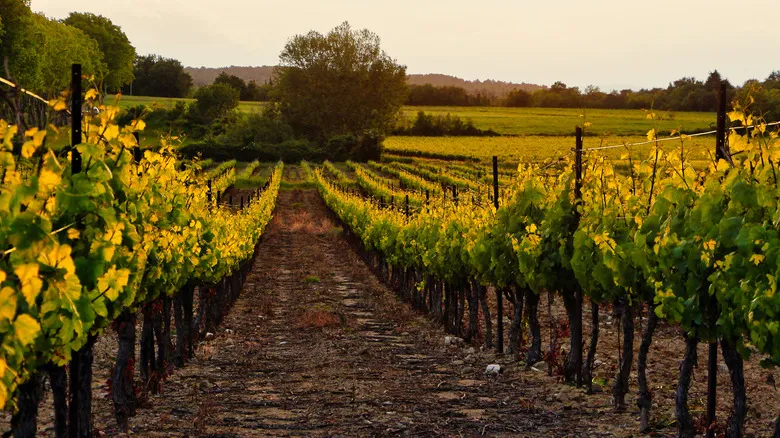
Another important aspect of a wine label is the appellation, which refers to the area where the grapes are cultivated. Lennon Wiser points out that the appellation is "the second-most crucial factor in selecting wine, following the grape varietal itself." The region contributes various elements that the average wine enthusiast might not consider. "Factors such as volcanic soils versus sedimentary soils, limestone deposits, vine depth, fog cover, and the amount of sunlight the vineyards receive at critical times all influence the wines significantly," he explains.
For instance, "a pinot noir from the Red Hills of Oregon will taste dramatically different from one produced in Burgundy or the Russian River Valley in California," Wiser notes. Each region imparts its own distinct character to the wine, making it essential to know the origin of a wine to help you choose one that suits your palate. This highlights the importance of paying attention to the appellation — it’s an excellent way to discover wines that align with your tastes and uncover new favorites.
Vintage can be tricky
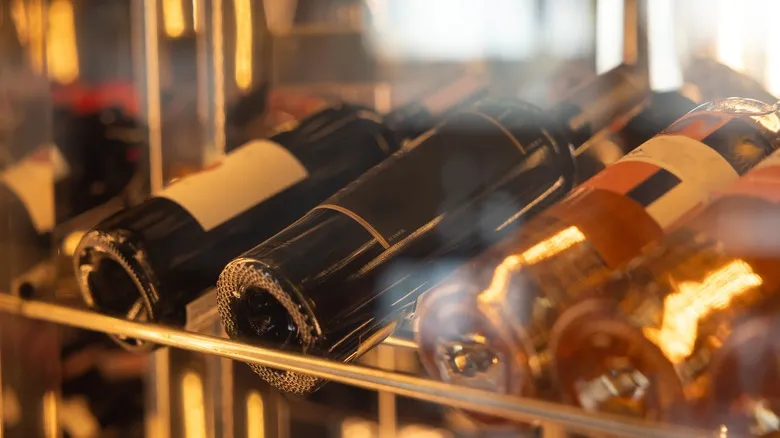
The vintage of a wine—the year the grapes were harvested—significantly influences its flavor and quality. Each vintage captures the unique growing conditions of that particular year, including temperature, rainfall, and sunlight. These elements impact grape ripeness, sugar content, and acidity, all of which play a role in the wine's taste. Therefore, paying attention to the vintage on the label can be beneficial when selecting a wine.
Lennon Wiser notes, "If a winemaker intentionally creates a wine meant for aging, such as a robust Estate Cabernet or a Premier Cru Burgundy, it should indeed be aged to allow the wine to reach its full potential." However, he also highlights that many winemakers are now focusing on crafting wines intended for earlier consumption—typically within 3 to 5 years of their release.
This means that bottles around 3 to 5 years old generally offer the best flavor. If you're on a quick shopping trip, Wiser suggests a handy tip: "Check the back of the shelf. You might be fortunate enough to find the same bottle with a slightly older vintage." Just a year or two of additional aging can significantly enhance the wine's immediate drinking experience.
Brand is a fine place to start
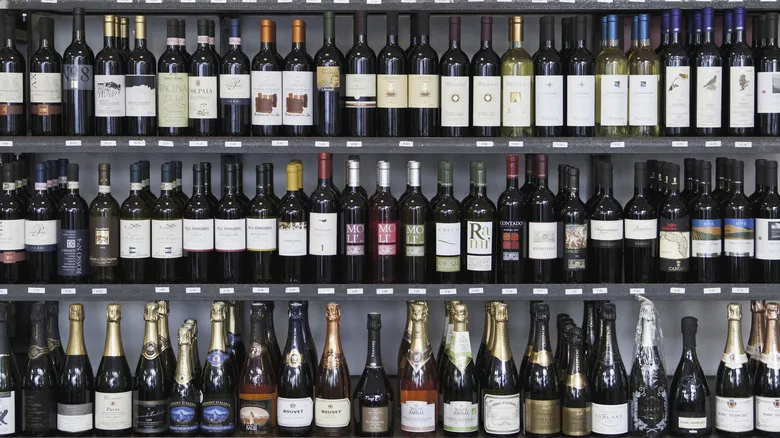
When it comes to choosing a bottle of wine, many individuals believe that the brand name is the most crucial aspect. However, the reality is quite different. While a reputable producer can provide some level of assurance regarding quality and taste due to their consistent practices, "starting with a solid brand name from a trusted producer is a reasonable approach," explains Lennon Wiser, particularly if you're uncertain about the other details on the label. Nevertheless, Wiser notes that a brand name is "not as significant as people often assume, especially once they become acquainted with the types of wine they enjoy."
Instead, factors such as varietal, region, and vintage typically lead to a better choice, as they have a direct impact on the wine's flavor, body, and complexity. By taking the time to understand your personal preferences and the unique characteristics of various varietals, regions, and vintages, you will find these elements to be far more reliable indicators of quality than a brand name alone.
Enthusiasts search for vineyard
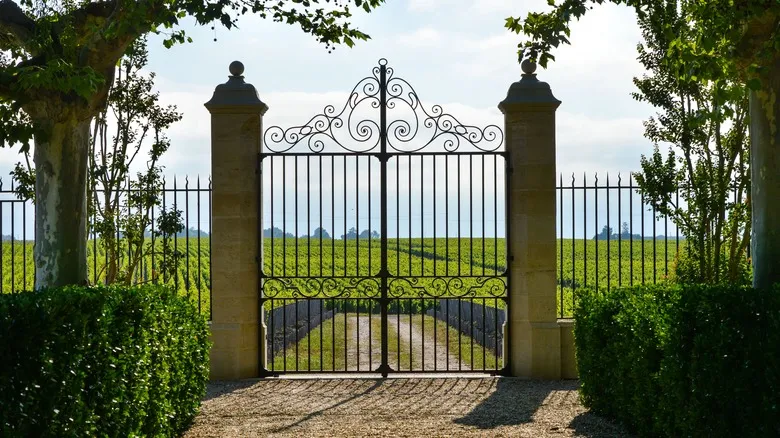
On a wine label, the word "vineyard" specifies the precise site where the grapes were cultivated, distinguishing it from "appellation," which denotes a larger geographic area. In essence, a vineyard serves as an address for the grapes. This information can provide important insights into the wine's quality and character. However, it may not always be included, as grapes can sometimes be sourced from various vineyards, or the producer might opt not to emphasize specific locations.
"There are exceptional vineyards with a rich history and pedigree," says Lennon Wiser. "When a winemaker or winery has the opportunity to source fruit from these esteemed vineyards, they will definitely include this on the label." They do this to highlight the prestigious origin of the grapes and appeal to knowledgeable wine lovers who appreciate the distinct qualities that arise from these celebrated sites. Therefore, as you become more familiar with wine, the presence of a vineyard name on the label can serve as a valuable indicator of the wine's quality.
Special designations might not be so special
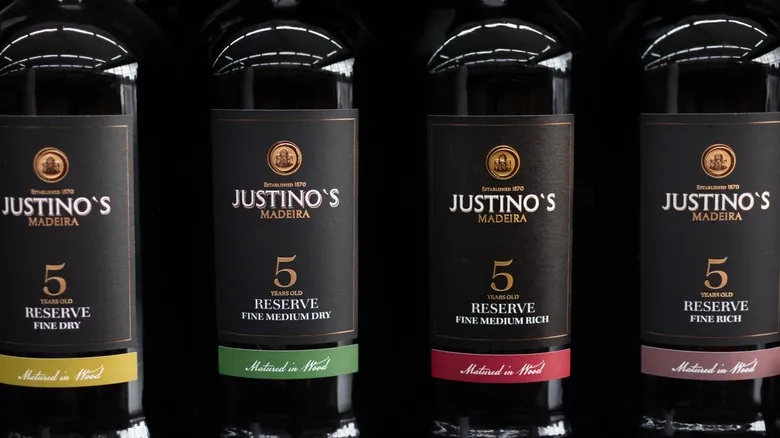
When you encounter terms such as "Reserve" or "Special Selection" on a wine label, don't be misled into believing they ensure a high-quality bottle. Lennon Wiser emphasizes that these labels typically do not signify quality. "Honestly, they usually mean absolutely nothing," he states. "It's simply a marketing strategy." In areas like California, wineries can apply these labels without following any strict regulations regarding the contents of the bottle or the aging process.
However, there are exceptions. For instance, in certain European regions, such as Chianti, Italy, the term "Reserva" carries a specific meaning — it signifies that the wine has been aged longer than a standard Chianti Classico. Yet, such exceptions are quite uncommon, and most labels do not significantly influence the wine's overall character.
Therefore, rather than depending on these labels as a measure of quality, it's wiser to focus on more crucial factors like the grape variety, vintage, and region of origin when choosing a bottle. This method will provide you with a clearer understanding of what to expect from the wine.
Certifications are more marketing-focused

Labels featuring terms like "organic" or "sustainably produced" may seem comforting, but Lennon Wiser has a different perspective. When a master sommelier raises doubts, it's important to take notice. "I think winemakers and wine marketing firms that label their bottles as 'organic' or 'sustainably produced' are primarily doing so for marketing purposes," he states.
Wiser emphasizes that vineyard managers and winemakers worldwide take immense pride in carefully tending to their grapes. Most wineries and vineyards globally are committed to producing high-quality wine in a sustainable manner. Additionally, it's crucial to understand that the label "organic" doesn't necessarily indicate that the entire wine is organic; it may only pertain to specific aspects of the production process. Therefore, while organic or sustainable labels can draw attention to a wine, placing too much emphasis on these certifications may lead to unmet expectations.
Awards are, too

Spotting an award on a wine label may appear to be a trustworthy indicator of quality, but Lennon Wiser suggests otherwise. "Typically, this is just a marketing tactic designed to promote a mediocre wine," Wiser notes. Essentially, these accolades are intended to attract your attention to the bottle, but they often bear little relation to the actual quality of the wine inside.
"I'm not a fan of any marketing on the bottle," Wiser adds. "Simplicity is key when it comes to labels and the quality of the wine." He believes that the more a bottle depends on eye-catching labels or awards, the less likely it is to meet expectations. Rather than being influenced by accolades or certifications, Wiser advises focusing on more substantial factors when choosing a wine. Paying attention to the grape variety, the region of origin, and the vintage will provide a clearer insight into the wine's true character and quality.
The simpler the label design, (usually) the better
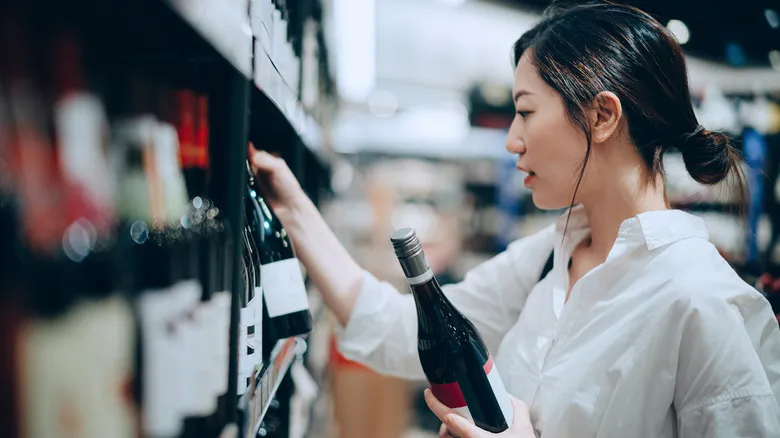
Many individuals turn to wine label designs to guide their bottle selection, but Lennon Wiser cautions against this method. "The modest bottle without extravagant artwork is typically the superior choice," he states. Wiser believes that wines featuring bold, extravagant designs may be attempting to mask a lack of quality. While there are exceptions, these visually striking bottles often fail to live up to the expectations set by their packaging.
Rather than depending on attractive labels, Wiser recommends concentrating on the wine itself. Bottles with simpler labels frequently come from producers who emphasize quality over marketing tactics. He points out that wineries that invest heavily in eye-catching designs might be reallocating funds that could have been used for better ingredients and production techniques. Essentially, you could be paying more for the label than for the wine itself. Wiser's perspective implies that understated labels often reflect a greater focus on the contents of the bottle rather than its exterior.
Tasting notes and pairing suggestions

Tasting notes and pairing recommendations occasionally appear on wine labels, but their accuracy can vary. Lennon Wiser points out that tasting notes can be beneficial, stating, "It's always useful to have someone else's interpretation of the wine." Renowned publications like Wine Spectator and Wine Enthusiast offer valuable tasting notes, often written by seasoned tasters who can effectively convey a wine's flavor profile. However, the origin of the notes found on a bottle can be ambiguous. While they may be created by experts, they could also originate from a marketing team.
When it comes to food pairing suggestions, Wiser remarks, "Most excellent wines don't include this on the label." If you're exploring wines and seek additional information, the internet is a more reliable option. "It's better to research the wine online and see what others have said about it," he advises. For the most trustworthy guidance, consulting reviews and ratings from credible sources can offer a more reliable reference than the notes on the label.
European labels versus American labels
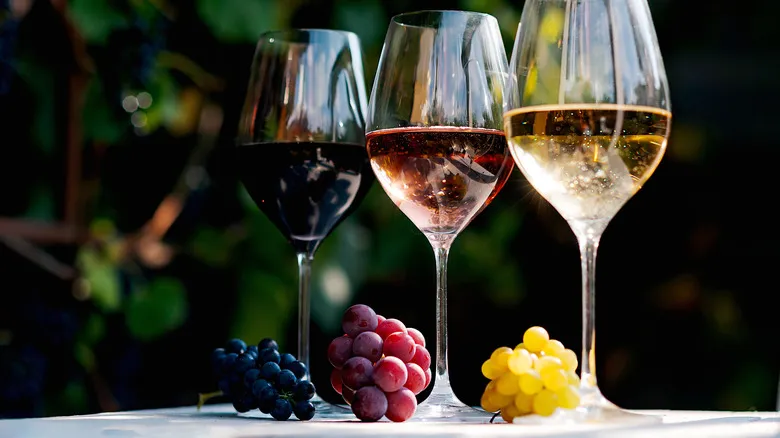
Wine labels in the U.S. and Europe have distinct formats, and recognizing these differences can aid in choosing a bottle. "In the U.S., labels typically include everything — the name, varietal, region, appellation, and vineyard," explains Wiser. "They often even specify the exact blend."
Conversely, European labels tend to emphasize the region rather than explicitly stating the varietal. "In countries like France and Italy, the appellation or the town itself determines the varietal," Wiser points out. For instance, an Italian wine labeled Brunello di Montalcino is always produced from sangiovese grapes sourced from that region, making the varietal listing unnecessary — it's understood. The same principle applies to the Côte-Rôtie appellation in France, which is consistently a syrah. These are just a couple of examples, but there are many more.
As a result, deciphering certain European wine labels may require some additional research. Fortunately, if you encounter a European wine without the varietal indicated, you can easily use your phone to look it up.
Alcohol and sulfite content aren't huge factors

According to Lennon Wiser, the alcohol percentage indicated on a wine label isn't something to overthink. For starters, it doesn't significantly affect the wine's overall flavor. "The difference between a 12.5% ABV Riesling and a 14% ABV Cabernet is quite small," he notes. The alcohol content is merely a result of the fermentation process—grapes with higher sugar levels naturally yield more alcohol. Red grapes, which are usually harvested later than white grapes, generally have more juice, resulting in a higher alcohol by volume (ABV). While alcohol levels can impact the wine's structure, a talented winemaker can harmonize the flavors through blending and aging methods.
Sulfites are required by law to be listed on wine labels in most regions, but Wiser points out that they are a natural component of wine. "To clarify, all wine contains sulfites unless they are removed through specific processes," he states. Although sulfites often receive negative attention, there's no effective way to avoid them if you wish to enjoy wine. For those with allergies, there are wines available that have had sulfites chemically eliminated, but Wiser advises against choosing these unless absolutely necessary, as they tend to lose some of their inherent qualities during the process.
Price isn't always everything
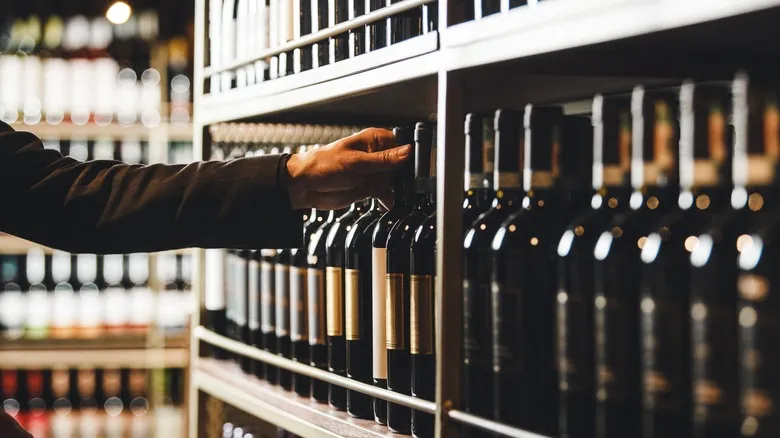
Although not directly tied to the label, grasping wine pricing can be extremely beneficial for casual wine buyers. Lennon Wiser notes that the quality difference between a $10 bottle and a $25 bottle is often more apparent than that between a $25 bottle and those priced at $50 or even $100. For those still honing their palate, the $20-$25 range typically provides an excellent balance of quality and value. In this price bracket, you're more likely to find a higher quality, well-crafted wine.
Wiser cautions against opting for wines priced under approximately $20, as good options become scarce below that threshold. "If you do find them, they're usually from a local winery," Wiser explains. "But if you're purchasing from a grocery store, it's unlikely." When you drop to $10 or less, he indicates that the wines often suffer from quality issues, as that price primarily covers production, shipping, and taxes (if imported). This leaves little room for the wine itself. Therefore, spending just a bit more ensures you receive a wine that excels in both taste and quality, making it a worthwhile investment.
Recommended
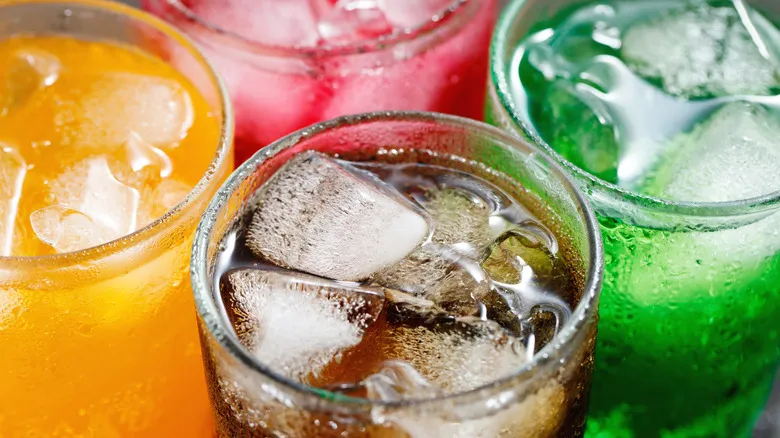
The Easiest Ways To Decarbonate A Drink Using Pantry Items
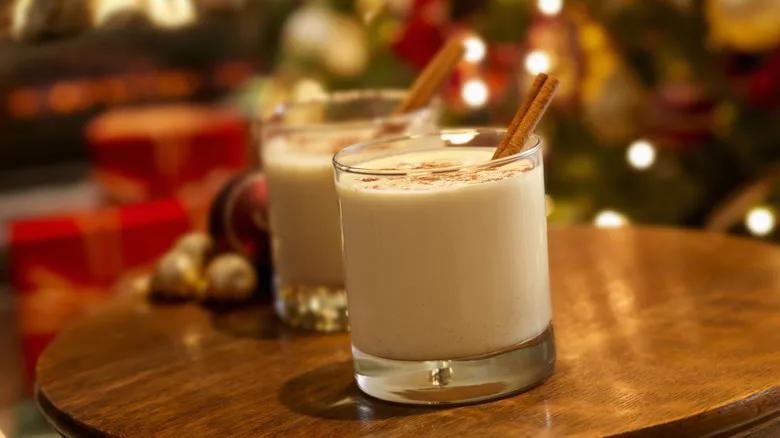
One Simple Trick Will Make Store-Bought Eggnog Taste Homemade
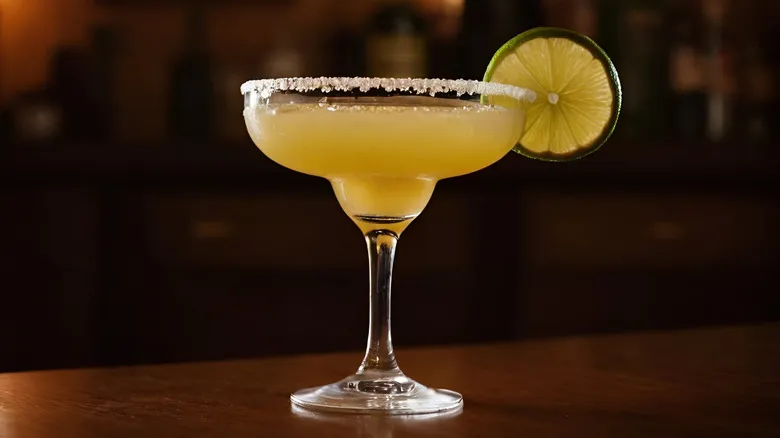
The Pro-Tip For Making Frozen Cocktails That Don't Melt Instantly

Infuse Your Tequila With Savory Ingredients For A New Take On Classic Cocktails
Next up

